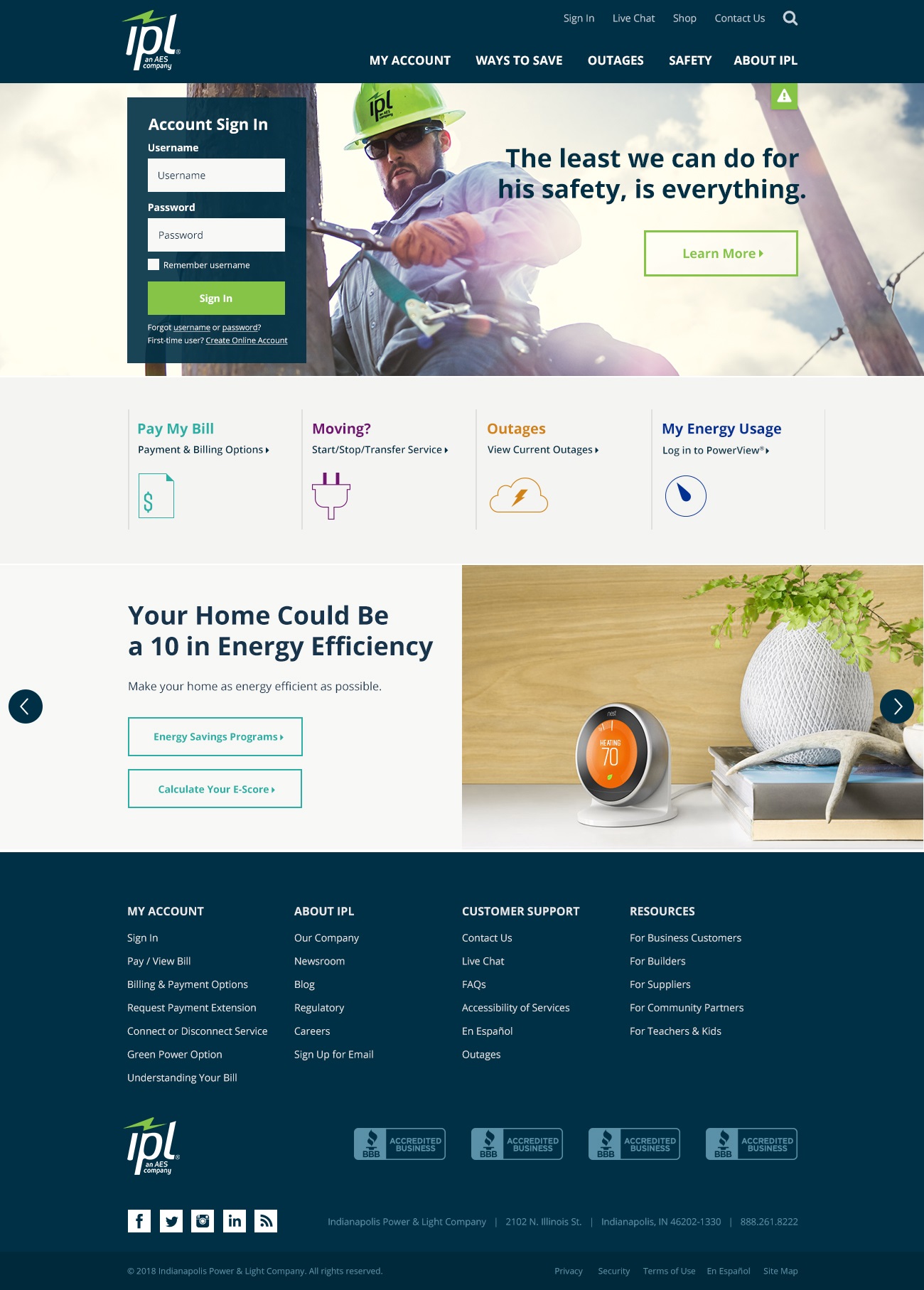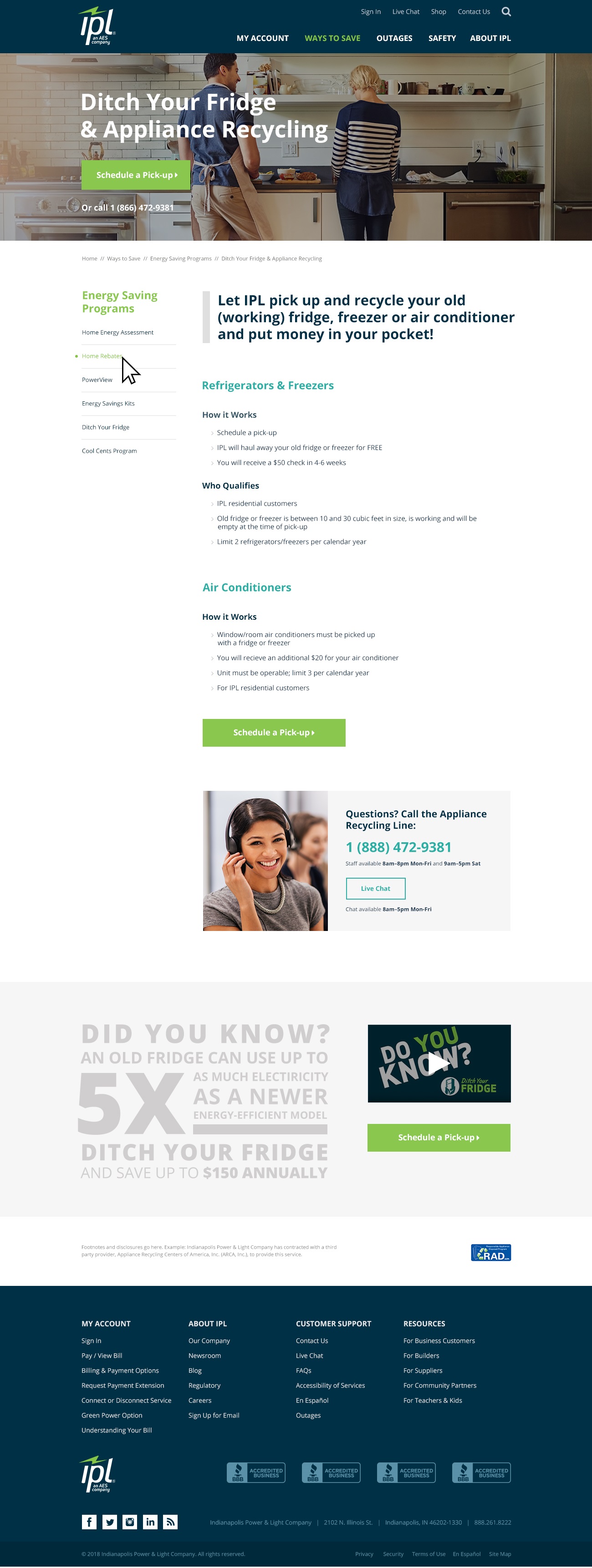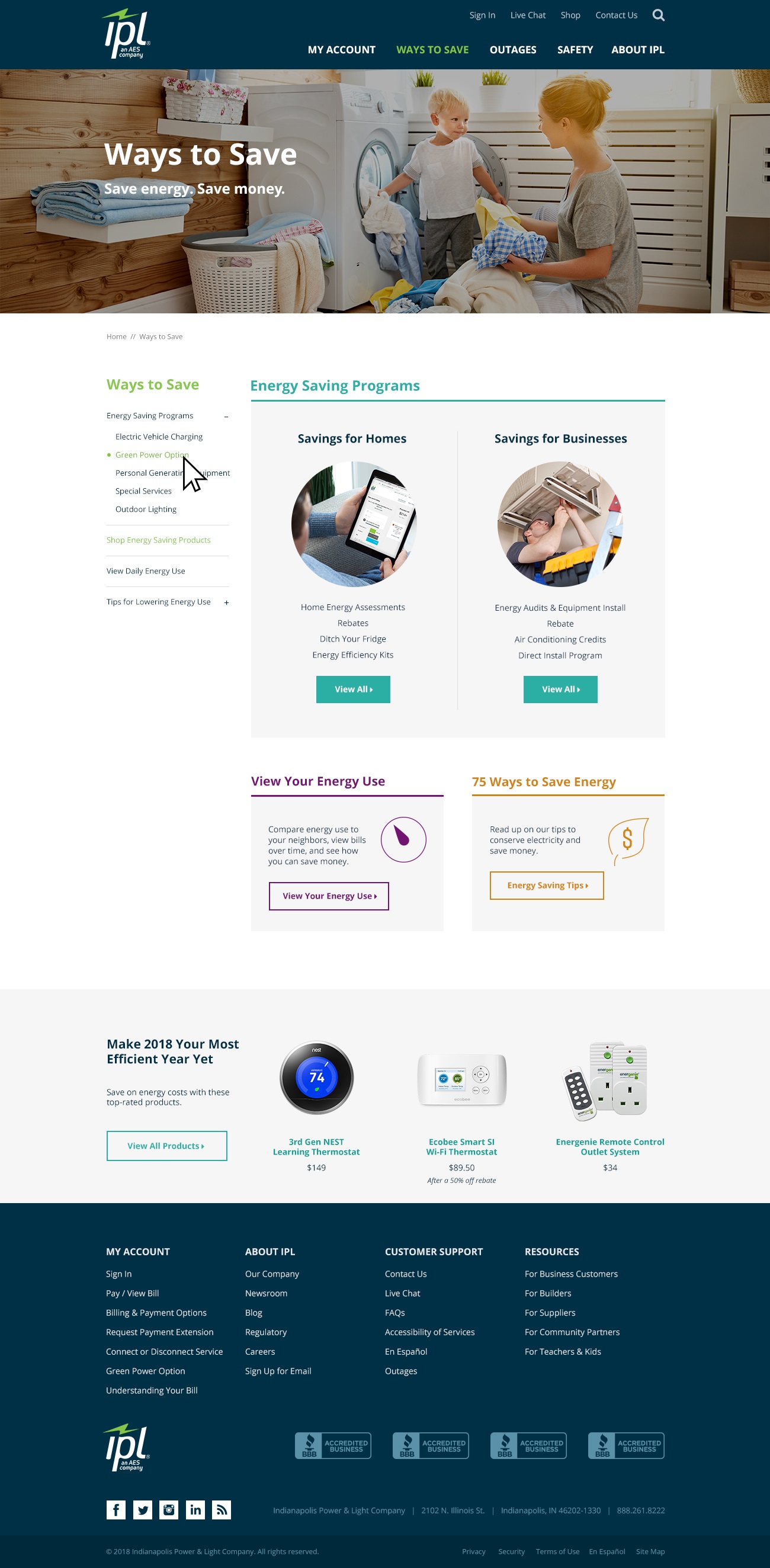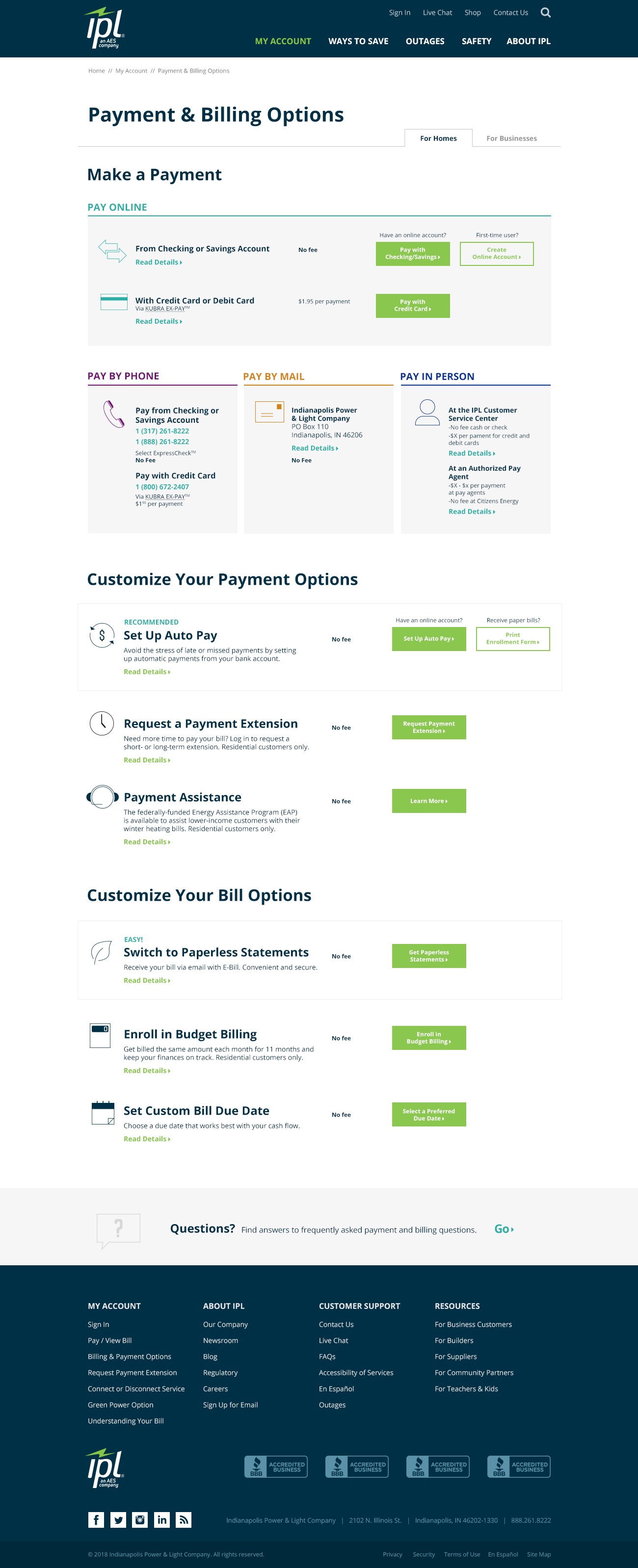How It Started
Indianapolis Power & Light Company (IPL), now AES Indiana, provides electric service to customers in central Indiana. The company delivers some of the lowest-cost, most reliable power in the country and is committed to the highest standards of customer service. One area of the business, however, wasn’t living up to that commitment to excellence: the website. IPLpower.com was lagging behind current web standards in design, navigation, and technology, and the IPL team knew it was time to give customers a better user experience. IPL selected Williams Randall Advertising as its partner for the redesign.
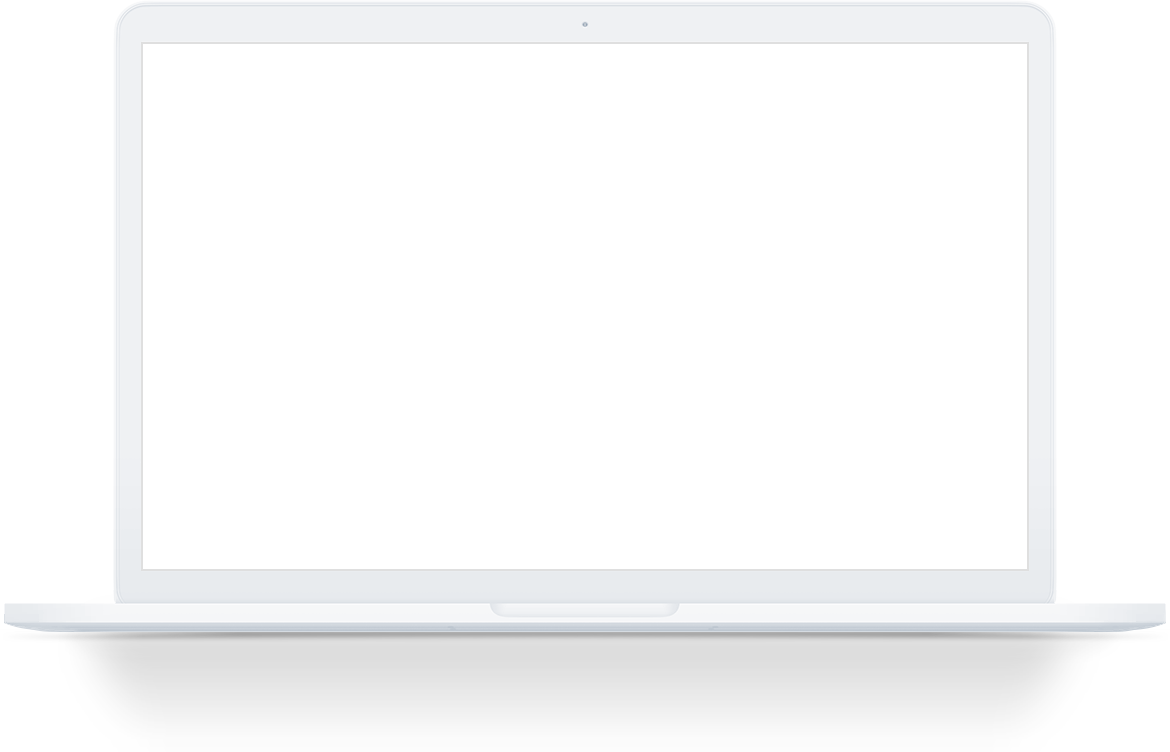
What We Did
An essential requirement for the redesign was that all enhancements needed to be based on data-driven strategic insight. To achieve utility-wide acceptance, our recommendations about design, content, and functionality had to be backed up by research or data. If you're familiar with Williams Randall’s philosophy of Left-Brain Creativity, you know we wouldn’t approach a project any other way. We start every custom website redesign by working with our clients to clearly define business goals. We also analyze data and gather feedback directly from customers to better understand their experiences with a site.
To kick off IPL's site redesign, we engaged in a variety of planning and research activities to make sure we made the best recommendations possible. We started with internal staff interviews and discovery sessions with stakeholders to achieve unity in vision and goals. We analyzed the site’s traffic to uncover patterns of engagement and surveyed the website’s users—something IPL hadn't done before—to define the different types of visitors coming to the site, their reasons for visiting, needs, and benchmarks for site satisfaction. To close out our research phase, we conducted a series of usability interviews, including task completion and five-second tests, to gather feedback from residential and business customers to uncover pain points and information needs.

What We Found
Our research findings created a clear set of priorities for the project:
- Make it easier for customers to pay their bill – Paying online is by far the number one reason customers visit the site (80%), yet customers were unable to easily locate the login for online bill payment and once logged in, they couldn’t find a copy of their previous or current bill.
- Improve findability – Completely reorganizing and relabeling the content on the site was key. Users generally felt that the site contained lots of good information, but that it took a lot of exploration to find what they were looking for. They were perplexed by what they perceived as unclear page labels and felt there were too many navigation choices. Customers also expressed a lot of interest in learning about ways to manage energy use or keep costs down and could not find that content.
- Create visual priority – Improving scannability became a major goal. On most pages, users had a difficult time figuring out what to pay attention to. They felt most pages were too cluttered, and that it was generally difficult to ascertain what was most important on the page or where to click next.
To help keep customer needs front and center during the redesign, we developed user personas for the site’s primary audiences and outlined scenarios of expected site use. Then with both the site’s users and IPL’s business goals in mind, Williams Randall’s team of web strategists and architects developed a new site architecture and page templates designed to make the site easier to use.
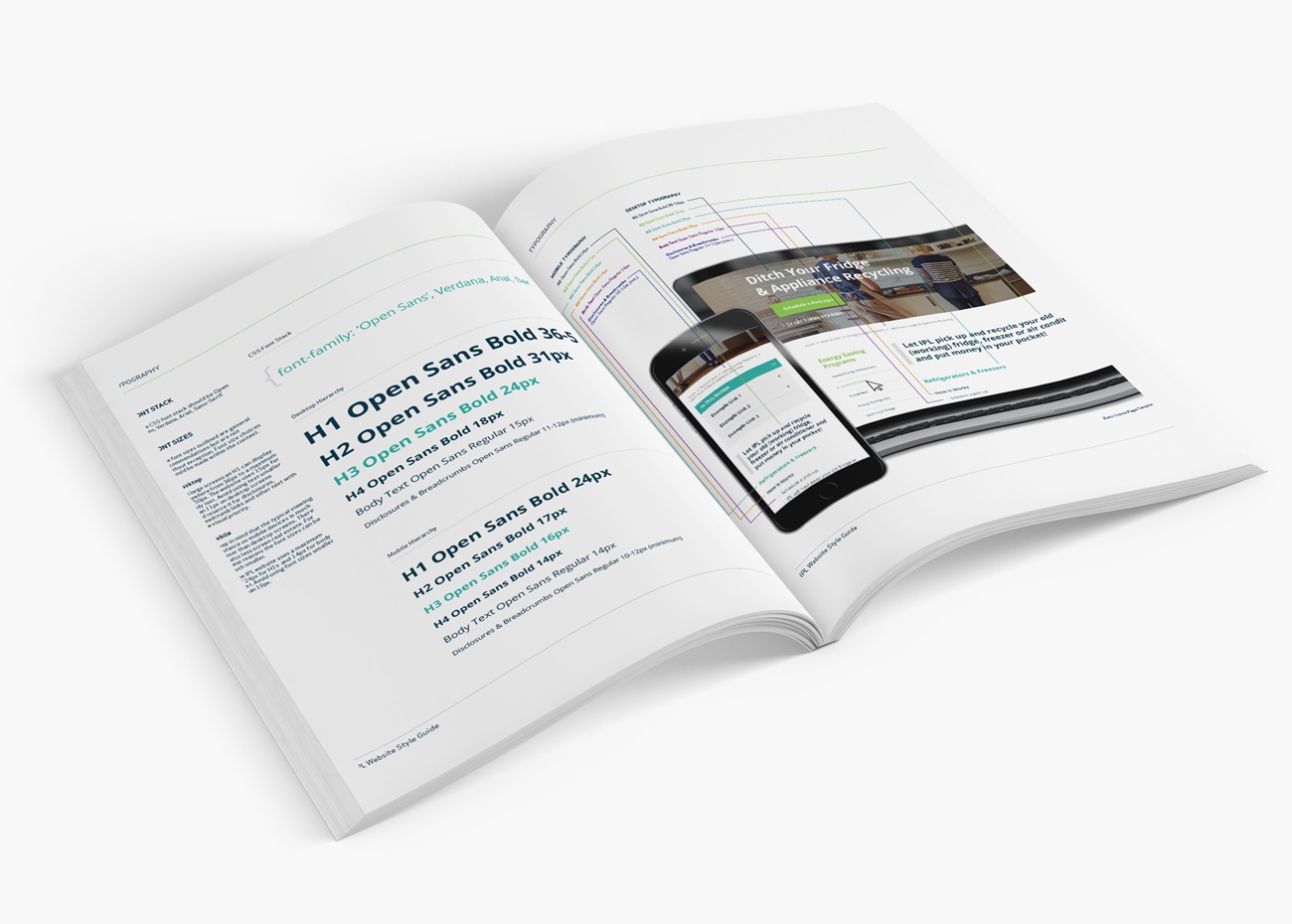
How It Went
IPL’s internal team used the deliverables from the project to begin implementation of design updates and a new technical infrastructure. Later, they turned to us again for a more substantial design evolution. At that point, we created IPL’s first comprehensive Web Style Guide and new unique designs for strategically important pages, including the homepage, Payment & Billing Options, Outages, and Ways to Save.
IPL’s investment in defining site goals and understanding the needs and perceptions of its website users has paid off. The solid foundation it created enables the IPL team to make iterative improvements as needed instead of constantly overhauling the site. The redesign was so aligned with IPL's brand value of excellence that the site architecture and page layouts remain in use five years later, even after a complete rebrand.

